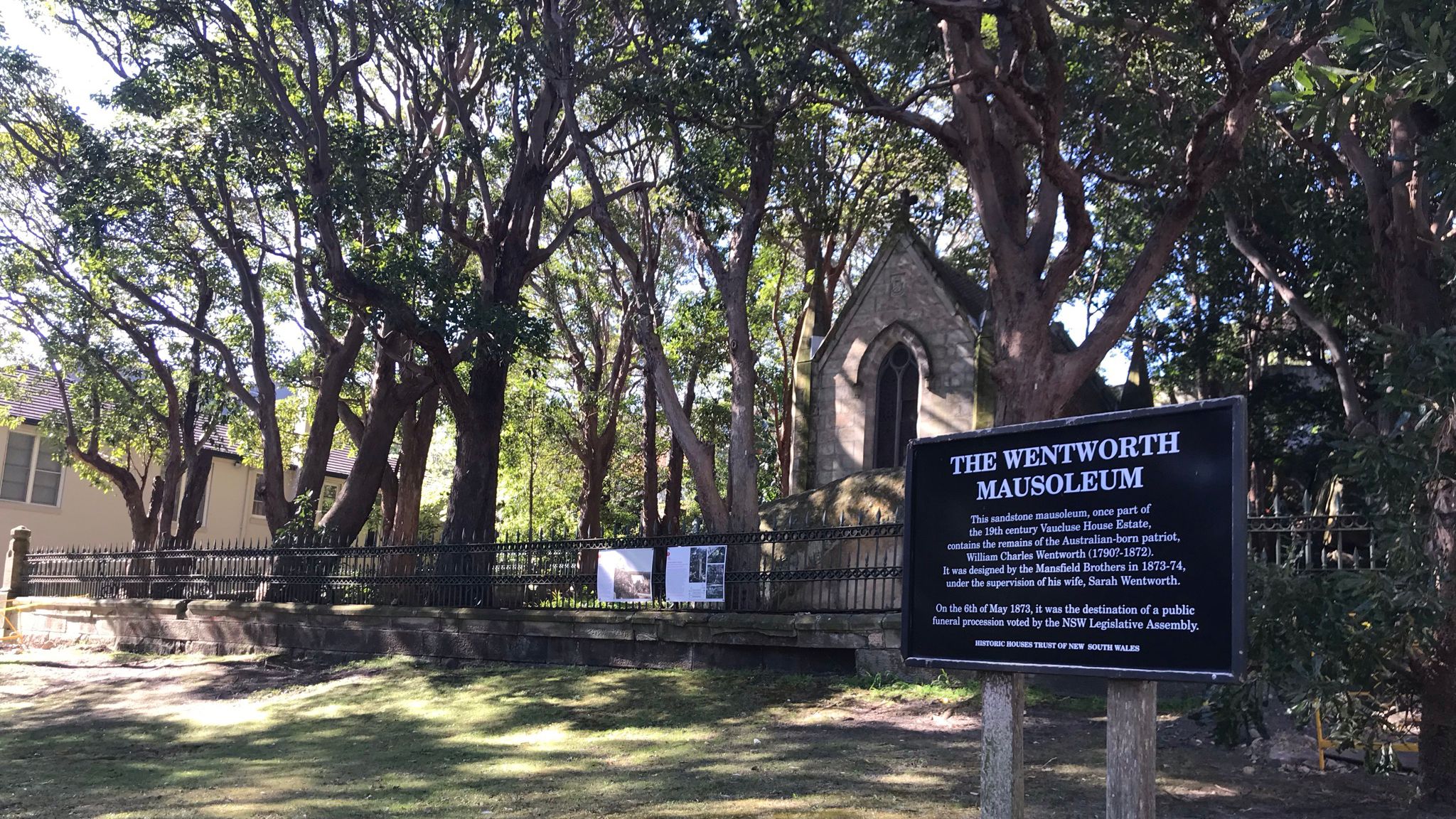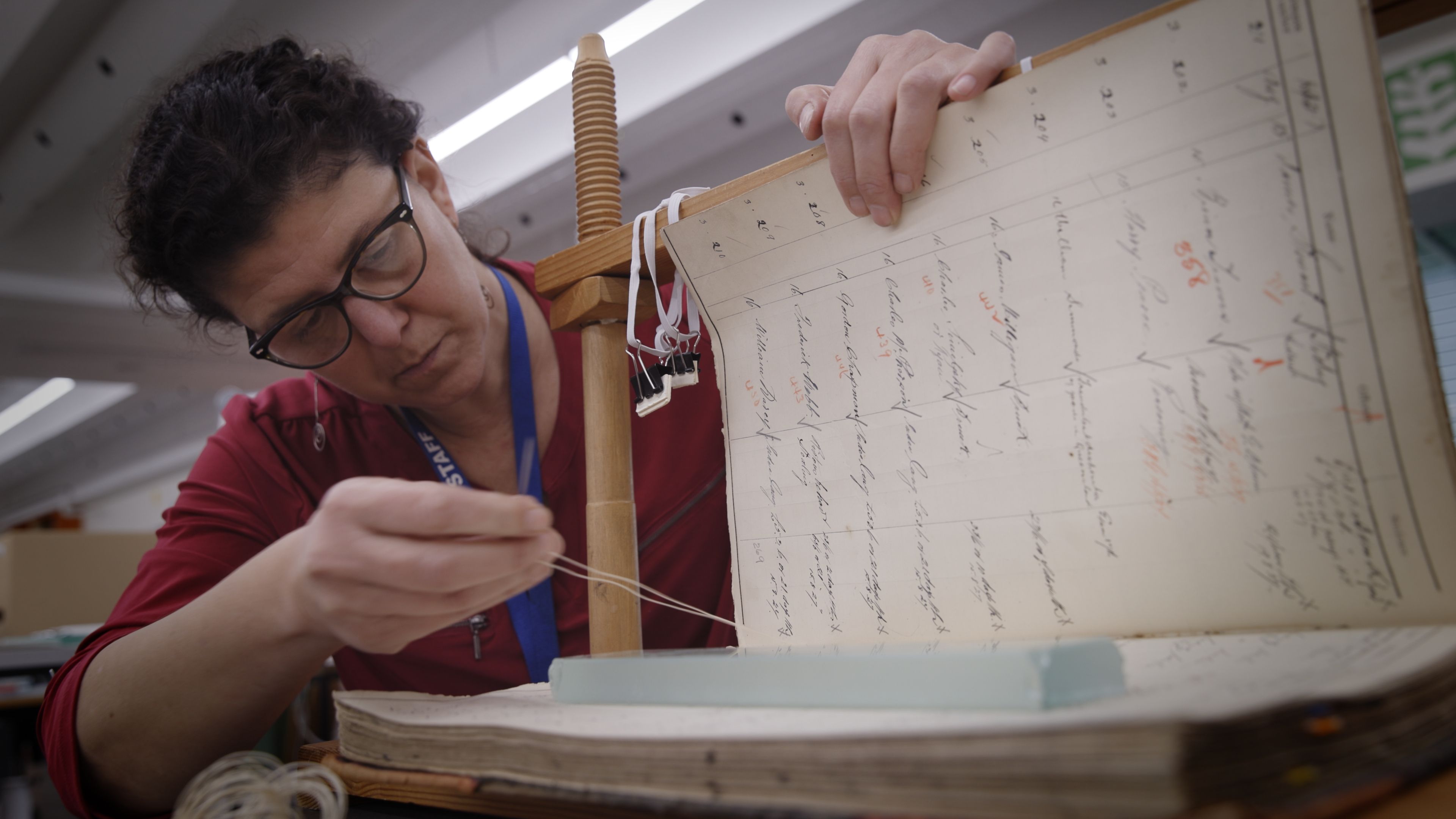How to manage mould in our homes
A run of warm wet weather encourages not only plant growth in our gardens but also, sadly, mould growth in our homes.
To help you manage mould at home, we’re sharing insights into how we manage mould in our house museums and some tips you can use to tackle mould at your house.
Areas where dust builds up, such as the backs of pictures, a still corner in a room or the underside of a piece of furniture, provide the perfect conditions for mould growth.
Mouldy conditions
Mould spores are always around, waiting for the right conditions to grow. Generally, mould will thrive in still air with high humidity. This might be warm rainy days in a closed house or cold damp conditions where lower temperatures mean the air can hold less moisture which leads to higher humidity.
Areas where dust builds up, such as the backs of pictures, a still corner in a room or the underside of a piece of furniture, provide the perfect conditions for mould growth.
Add to that a long run of rainy days when our homes can’t be opened up, and it’s a perfect (mould) storm.
How we manage mould
Managing a range of historic homes in warm, humid Sydney gives the staff at Museums of History NSW a lot of opportunities to deal with mould. The tools and approaches we take are simple and can be used at home.
To prevent mould getting out of control in our historic houses, we take the following approach:
- Monitor for mould, particularly if it’s been raining or the house has been closed for a few days. Use a torch (even the one on your phone) and check in all the still corners, particularly under furniture, in crevices and behind pictures (anywhere dust can build up). Shining the torch across the surface from the side can make it easier to pick up a thin layer of mould building up over things.
- Air out the house when the weather is dry – open windows and doors to encourage air flow.
- Use fans to break up still pockets of air and limit spaces where air doesn’t move or circulate.
Tips to manage mould in your home
If we find mould, what do we do? While it’s not always possible, we find that it’s important to clean mould off surfaces quickly. Getting to mould outbreaks early means that they’re easier and faster to clean up and less likely to turn into a bigger problem.
First, look at how extensive the outbreak is. Is it:
- a small amount in crevices
- spreading over a flat surface, such as a wall, ceiling, or the underside of a table or the back of a cupboard
- found throughout one or more rooms (extensive black mould, large fluffy areas)?
If there’s a small amount of mould in just one room then you can probably tackle it yourself. If it’s more extensive or is on precious objects such as artworks, paper records, photographs or textiles, we suggest you talk to experts.
What you will need
As a word of caution, mould can seriously affect your health. It’s really important to use protective equipment (PPE), especially masks and gloves. People with immunocompromised should not expose themselves to mould.
If you’re tackling the mould yourself, gather the following equipment:
- P2 masks
- disposable or rubber gloves
- microfibre cloths
- paintbrushes
- HEPA filter vacuum cleaner
- clean spray bottles
- white vinegar or methylated spirits
Mould spray mix
In your spray bottle, mix up a solution to tackle the mould, using either vinegar or methylated spirits and water.
Vinegar spray: We use either white vinegar (you can find it in supermarkets and hardware stores as cleaning vinegar) diluted with water (80% vinegar, 20% water).
Methylated spirits spray: Use methylated spirits diluted with water (70% methylated spirits, 30% water).
Tip: As vinegar is a mild acid, don’t use it on anything made of metal or with metal components. As methylated spirits is a solvent, don’t use it on anything that is plastic or has a paint or varnish layer (such as French-polished furniture).
Steps to treat mould
Now you have your equipment and spray, you’re ready to tackle that mould.
If possible, use a HEPA filter vacuum cleaner with a dry paint brush to remove any loose mould by brushing the mould into vacuum nozzle. Microtools can be very useful for this. (Remember to change the bag and wipe down the machine afterwards.)
Then spray a microfibre cloth with the vinegar or methylated spirits solution so that it’s just damp, and wipe down surfaces. Make sure you change the microfibre cloths regularly and dispose of them or clean them immediately after use.
For information on general mould cleaning, go to Choice. For information and advice on precious objects that have been affected by mould or water, go to the Australian Institute for the Conservation of Cultural Materials (AICCM).
We wish you luck!
Published on
Related
Browse all![Government Printing Office; NRS 4481, Glass negatives. NRS-4481-4-44-[AF00194836] Immigration Barracks Sydney, August 1871 [Department of Public Works]](https://images.mhnsw.au/fotoweb/embed/2024/03/b437216ff79d433da2d3b92c8bb24e51.jpg)
Conservation
Conservation in action: Hyde Park Barracks northern range refurbishment works
In collaboration with experienced heritage consultants and traditional tradespeople, MHNSW is undertaking conservation works to the northern range buildings

Conservation
Vaucluse House kitchen garden
The Vaucluse House kitchen garden recently underwent a significant rejuvenation project to preserve the site and allow it to continue to be used as a valuable educational resource

Wentworth Mausoleum perimeter fence conservation
MHNSW is undertaking the first comprehensive conservation works to the fence surrounding the 1870s resting place of William Charles Wentworth

Conserving the archive
Supervising conservator Dominique Moussou talks through her work and some of the projects underway in the MHNSW conservation lab